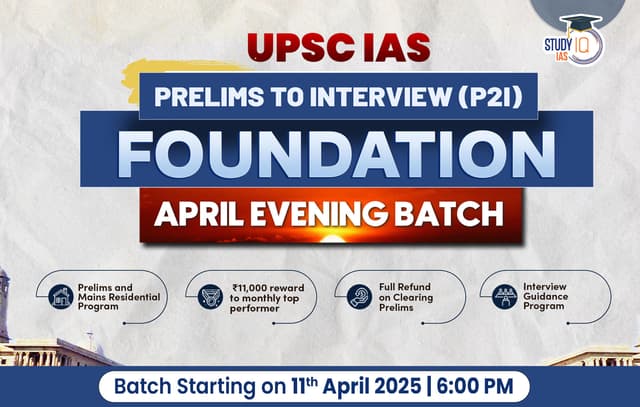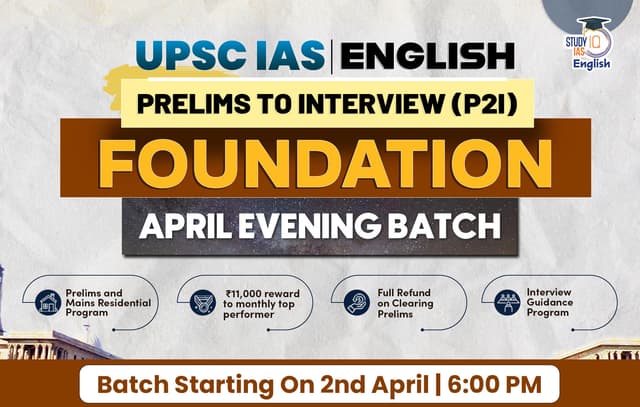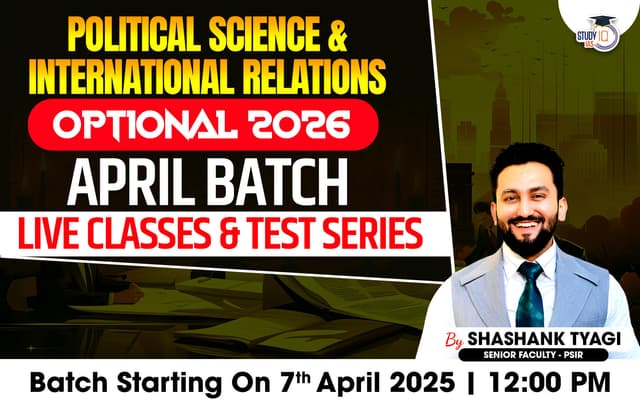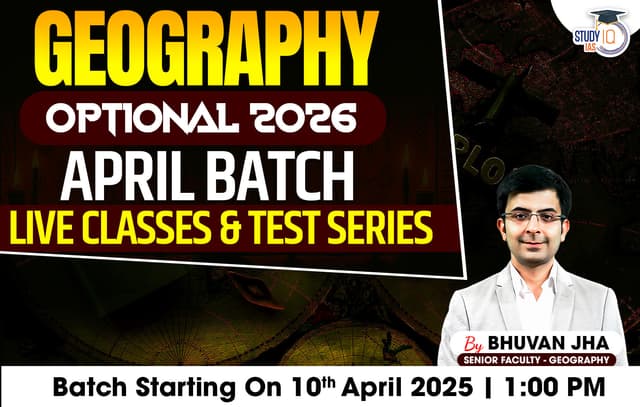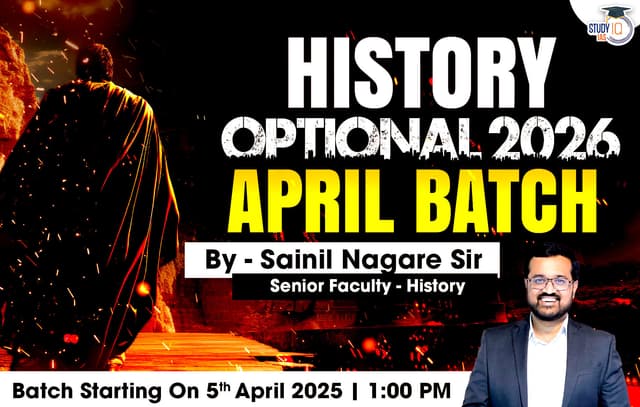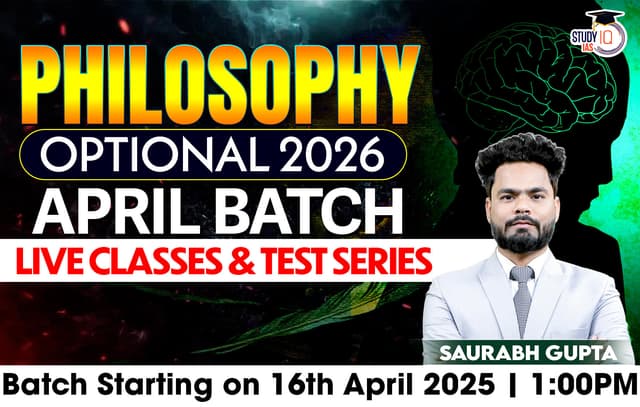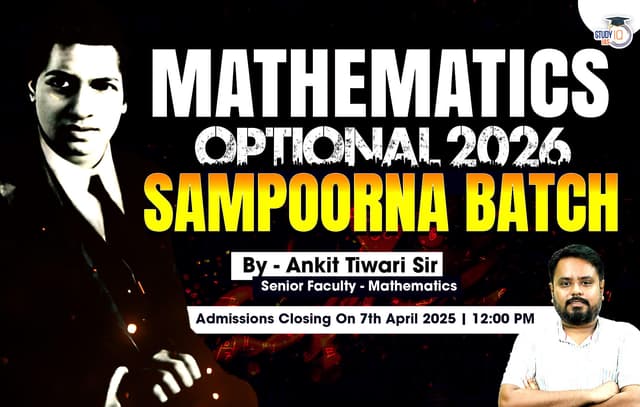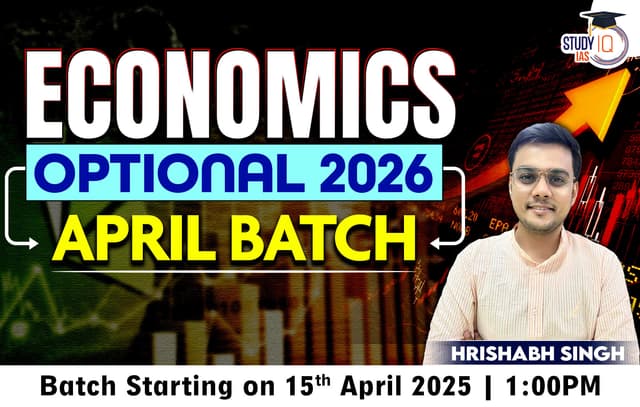Table of Contents
Imported Inflation
Context: The Asian Development Bank recently warned that India could face imported inflation as the rupee could depreciate amid the rise in interest rates in the West.
What Is Imported Inflation?
Imported inflation refers to the situation where rising costs of imported goods and services contribute to overall inflation within a country. It occurs when the prices of imported commodities increase due to various global factors.
Causes of Imported Inflation
- Currency Depreciation: When a country’s currency depreciates against major currencies (such as the US dollar or euro), the cost of importing goods rises. A weaker currency means higher prices for imported items.
- Rising Interest Rates in Developed Countries: As interest rates increase in developed economies, investors seek higher returns by moving capital away from emerging markets. This capital flight leads to currency depreciation and, consequently, imported inflation.
Effects of Imported Inflation
- Consumer Price Index (CPI) Surge: Imported inflation directly impacts the CPI, leading to higher prices for everyday goods and services. This affects citizens’ purchasing power and living standards.
- Challenges for Central Banks: Central banks face a dilemma when combating imported inflation. Tightening monetary policy to control inflation may harm economic growth.
Mitigation Strategies
- Exchange Rate Management: Countries can adopt policies to stabilize their exchange rates. Intervention in foreign exchange markets can help prevent excessive currency depreciation.
- Diversification of Imports: Reducing reliance on specific countries for imports can mitigate the impact of rising costs. Diversifying sources helps manage inflation risks.
| What is Headline Inflation? |
|
| What Is CPI Inflation? |
|
Fish species capable of using tools
Context: Researchers have recently discovered three fish species in the Laccadive Sea that are capable of using tools.
More in News
- The species are: Jansen’s wrasse (Thalassoma jansenii), checkerboard wrasse (Halichoeres hortulanus), moon wrasse (Thalassoma lunare)
- All three species used live or dead coral structures as anvils to break the hard shells of sea urchins so they could get to the edible bits inside.
- The Jansen’s wrasse (Thalassoma jansenii) and the checkerboard wrasse (Halichoeres hortulanus) have never been reported using tools before, and this is the first documented instance of the moon wrasse (Thalassoma lunare) using tools in the wild.
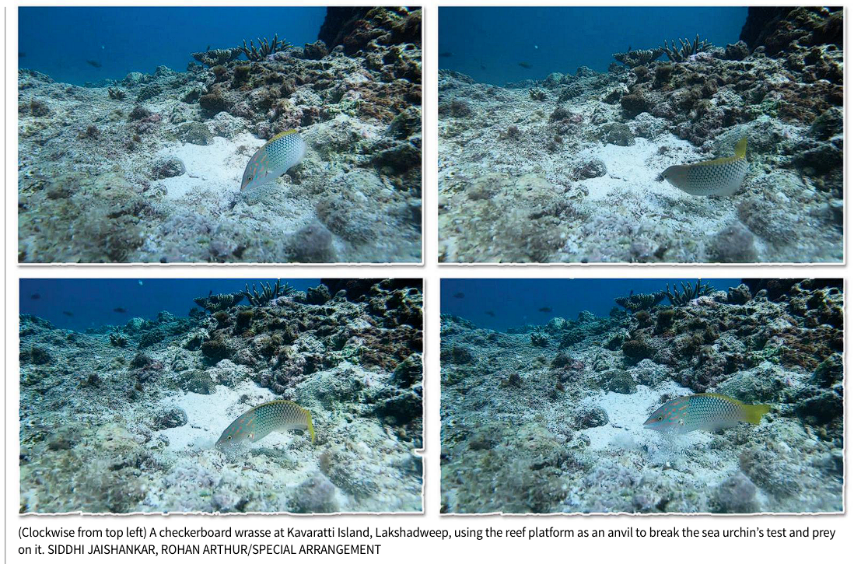
Why do fish need tools?
- Unlike primates, birds, otters, octopuses, and many other animals that scientists know are capable of wielding tools, fish have no hands, claws, or tentacles
- To break the hard shells of their prey like the sea urchin (Echinostrephus molaris).
- E. molaris like most sea urchins is covered in an armour of spines.
- It also has a hard skeleton called a test that protects its internal organs, making it difficult for fish with unspecialised mouth parts to prey on it.
- The Jansen’s, checkerboard, and moon wrasses were using makeshift tools around them to break open urchin tests, like people might break open a walnut shell.
How did the fish use tools?
- Some like Archer fish use water jets to shoot down prey above the surface.
- They require precision in angle, force, and timing to be effective.
- Unlike archer fish, the wrasses in the Laccadive study lacked specialized mouthparts.
- Wrasses approached sea urchins from the side and turned them over with their snouts.
- They avoided the sharp spines by picking up the urchin from its softer underside.
- Wrasses then used nearby hard coral as an anvil, striking the urchin against it to crack open the shell.
- The repeated strikes removed prickly spines, allowing access to the edible parts.
- Wrasses effectively utilized the coral reef as a tool for two distinct purposes: turning the urchin and cracking its shell.
Conclusion
The revelation of tool use among wrasses challenges traditional notions of animal behavior and intelligence, highlighting the need for further exploration into the cognitive capabilities of fish. As researchers continue to uncover such phenomena, it opens avenues for deeper inquiries into the intricacies of marine ecosystems and the evolutionary adaptations of aquatic species.
Examples, Data and Case Studies For Value Addition
- Ethics (Compassion, Sense of Mission) : Angel For Disabled ,Harishchandra Sude, founder of Grameen Shramik Pratishthan in Maharashtra, empowers over 1,000 people with visual impairment and disabilities. His organization provides skill-based training in acupressure, loom operation, and graphic designing. Despite adversity, he dedicates himself to assisting overlooked sections of society.


 National Maritime Day 2025, Theme, Histo...
National Maritime Day 2025, Theme, Histo...
 International Day for Mine Awareness and...
International Day for Mine Awareness and...
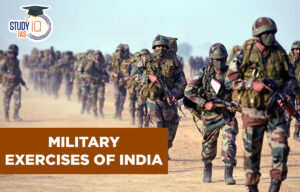 List of Military Exercises of India 2024...
List of Military Exercises of India 2024...

